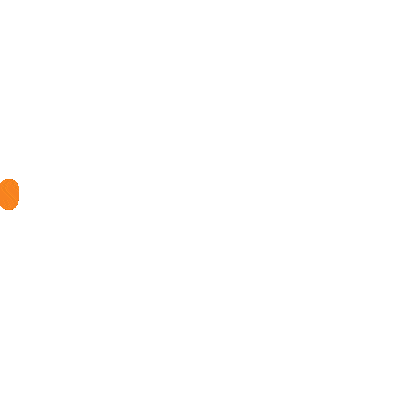This World Heart Day, Be A Heart Hero And Learn CPR
read![]() Sep 30 2025
Sep 30 2025
Across the globe, cardiovascular diseases (CVDs) are the leading cause of death, claiming over 18 million lives in 2019 that’s about 31% of all global deaths . Even more alarming, the number of people living with CVDs has nearly doubled, from 271 million in 1990 to 523 million in 2019.
This reality makes one thing clear: CPR (Cardiopulmonary Resuscitation) is no longer just a skill to learn, it’s a necessity. So, this World Heart Day let’s learn how to perform this life-saving skill -
When to Start CPR
Look for these 3 signs of cardiac arrest:
- Sudden collapse / unresponsive
- Not breathing or only gasping
- No detectable pulse
If all present, call emergency services and start CPR.
Step 1: Hands-Only CPR (Adults)
- Tap shoulders → check if responsive.
- Tilt head slightly back → look, listen, and feel for breathing.
- If no response & no breathing/gasping → start CPR immediately.
Step 2: Chest Compressions
- Check carotid pulse for 5–10 seconds.
- If absent:
- Place heel of one hand at chest center, other on top, fingers interlaced.
- Keep elbows straight.
- Push hard & fast → at least 5 cm deep.
- Do 30 compressions at 100–120/min, followed by 2 breaths.
- Repeat 5 cycles, then recheck pulse.
- Continue until:
- Person breathes again
- Help/AED arrives
- Until you get tired
- Children under 8: compress with one hand only.
Step 3: Mouth-to-Mouth Rescue Breaths
- Tilt head back, lift chin → open airway.
- Pinch nostrils closed.
- Seal your mouth over theirs → blow 2 full breaths.
- Watch for chest rise & fall.
If not rising: recheck nose pinch & mouth seal, then retry.
In case this feels complicated, here’s an Easy Way to Remember: C – A – B
- C = Compressions (press on the chest)
- A = Airway (make sure the airway is clear)
- B = Breathing (give rescue breaths if trained)
Why CPR Matters
- Cardiac arrest can happen anywhere, anytime.
- Survival drops 10% every minute without CPR.
- CPR can double or even triple survival chances.
That’s the beauty of CPR: you don’t need a stethoscope to be a lifesaver.
So, this World Heart Day, take a pledge to learn CPR, teach it to your friends, family, and colleagues and be a #HeartHero.
At ManipalCigna Health Insurance, we believe in empowering people not just with financial protection, but also with knowledge that can truly save lives. Because when it comes to your health and your heart, every beat counts.
Sources: Manipal Hospitals | World Heart Federation | American College of Cardiology | Mayo Clinic | American Heart Association | American Redcross Training Services
Disclaimer: Information provided above is for educational purposes only and does not constitute medical advice or certified CPR training. Always seek professional training from a recognized organization before attempting CPR. In an emergency, call emergency services immediately. The Company will not be liable for any loss, injury, or damages resulting from the use or misuse of this content.
T&C Apply | IRDAI Reg No: 151 | ADV: ADV/2221/Sep/2024-25

